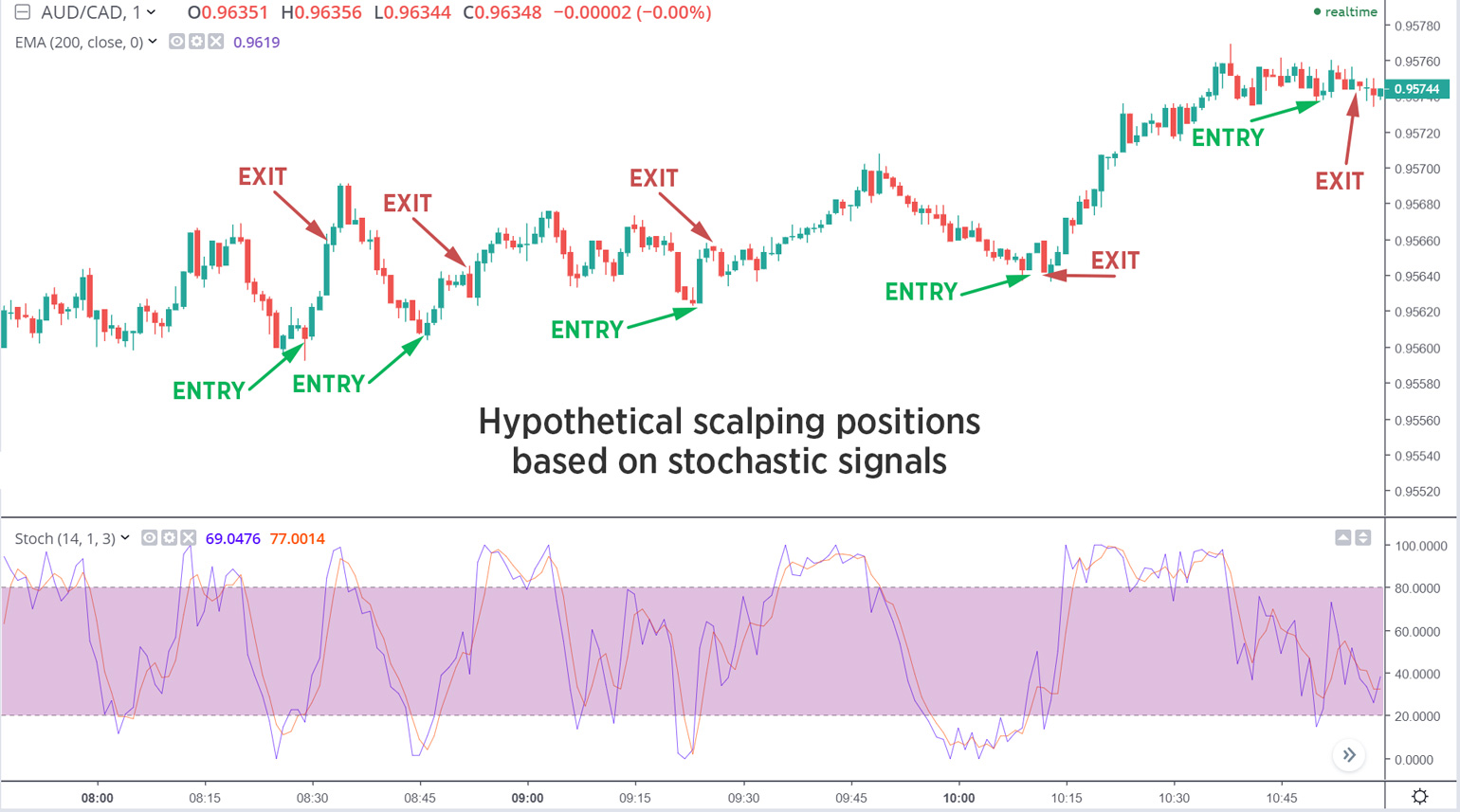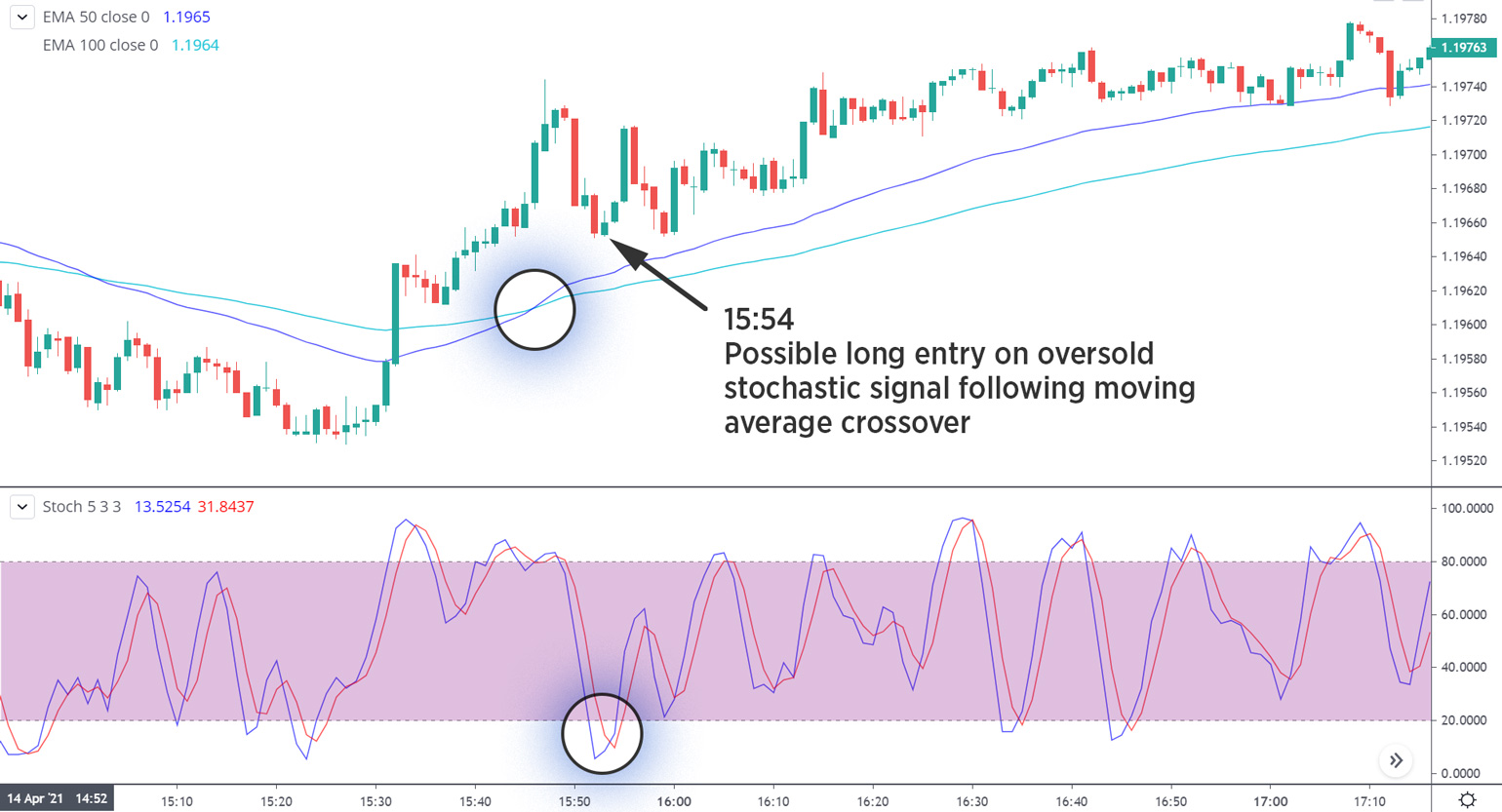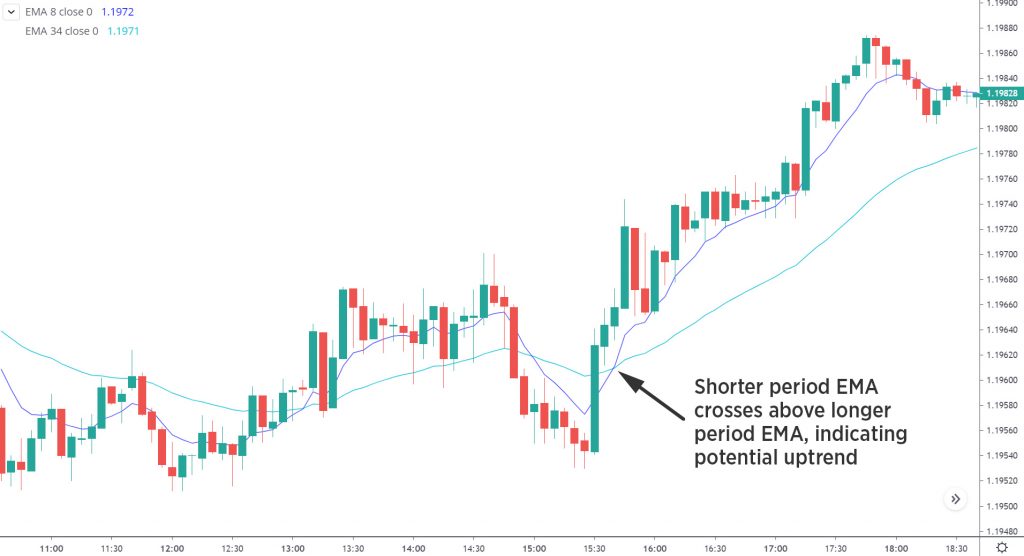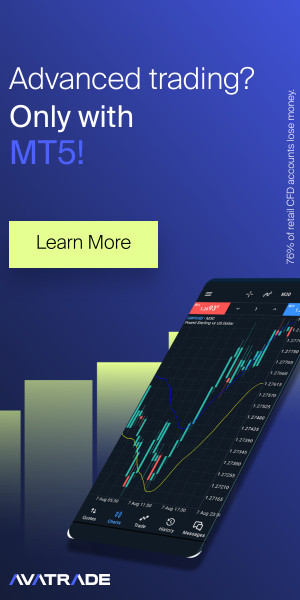Scalping is the shortest-term trading strategy, involving many quick trades to try and secure small profits – but it comes with a significant degree of risk. Here, we dive into what scalping is and how it can be applied to forex.
Scalp trading forex is a way to trade currencies on the shortest timeframe charts. It’s a quick and potentially exciting way to trade, that comes with upsides, but also with risks. Read on for more about scalping forex, how to apply it to a strategy, and managing your risk effectively.
What is scalp trading forex?
Scalp trading forex involves making a large number of quick currency trades in a short timeframe with the intention of accumulating a succession of small profits.
While a position trade may last several months or even a year, and a swing trade several days up to a few weeks, a scalp trade’s duration is mere minutes, or even less. This means that scalp traders must always be fully switched on to the chart and be in a position constantly to react to price movements in a timely manner. If a scalp trader is not focused in this way, they may miss potentially profitable setups.
The below chart gives a hypothetical picture of the frequency of scalping trades, where a stochastic is used to help find entry points on a one-minute chart. Notice how five trades have been made in the space of less than three hours, although scalpers will often complete many more than this in the same period.

Is forex scalping profitable?
Forex scalping can potentially be profitable, like any timeframe of trading. Typically, a scalper would look to make in the region of five to ten pips per trade. But how does this translate to cash? Assuming the average pip value is about £7, a trader can make £35 for every five pips of profit, and if they make, say, ten trades a day, this would amount to £350. However, traders must naturally also factor in losing trades – of which there will be many as a scalper – to determine profitability.
In order to give themselves the best chance to profit, traders may aim for a high volume of trades per day to maximise the winning trades, with a strict exit strategy and rigorous risk management practices in place. An entry and exit strategy can be assisted by technical indicators giving signals as to overbought or oversold conditions.
How to scalp forex without getting burned
To scalp forex without getting burned, traders should primarily ensure they have a solid strategy in place (see below). Also, due to the fast-paced nature of the short-term forex market, it helps to have a strong focus and to be observant, quick-witted and stoical under pressure. It is important to go for liquid markets such as EUR/USD to prevent slippage (not being able to get your trade filled at the price you want).
Scalpers also need to employ strong risk management practices. These will involve effective stop placement, meaning if price goes too far in the wrong direction, the trade will automatically be exited. For long trades, risk will be managed underneath a line of support. For shorts, stops are placed above a level of resistance. How close to these lines you place your stop will depend on how aggressive a trader you are.
Furthermore, traders should consider the 1% rule, which means never risking more than 1% of their account balance on any one trading idea. So, for those trading a £10,000 account, £100 would be the maximum for any one position. Using a 1:2 risk-reward ratio, risking 1% means a trader would look to close their trades out for a 2% profit. For example, this would mean £200 profit on a £10,000 account balance.
Meanwhile, the 5% rule advises that no more than 5% of your account balance should be at risk across all open trades.
Forex scalping strategy
As mentioned, a successful forex scalping strategy will involve frequent trades throughout the day, looking for small gains at the most liquid times, and using technical tools where necessary to assist with entry and exit points. But prior to opening a position, it’s essential to identify the market conditions in which a strategy will be played out. This can be done using multiple timeframe analysis to see the bigger picture of price action.
From there, the way to proceed may depend on whether the market is trending, ranging, or about to break out. For this basic example, we’ll look at a trending market.
Finding a trend
When a market sees a protracted move in a given direction, a trend can be ascertained. A downtrend will see a series of lower lows and lower highs, while an uptrend will see higher lows and higher highs. The broader trend can be a useful barometer of potential price action on a shorter scalping timeframe.
In the below 5-minute chart, see how price moves above both the 8-period and 34-period exponential moving average (EMA). Also, the shorter period EMA crosses above the longer period EMA, suggesting a potential uptrend.
Now that a potential uptrend has been established, a shorter timeframe can be used to open and close positions.
In the below one-minute chart example, an oversold stochastics signal is used to identify an entry. This time, the 50-period and 100-period EMAs are used. When the 50-day EMA crosses above the 100-day EMA, and the oversold stochastic signal follows shortly after, a long position is opened. In this scenario, a stop may be placed within around 10 pips to manage risk effectively, with a potential target of two or three times the risk.
In a scalp trade, many positions of this type would be exiting after just a couple of minutes, or even less than a minute, depending on the pips gained in the trade.

While this example uses stochastics, a range of other technical indicators such as Fibonacci retracements, MACD and RSI may also help.
Scalping strategies can also be applied to ranging markets, where price is mostly going sideways. Where a price holds in a certain range, scalpers can go for a more neutral stance than in trending markets, meaning taking both buy positions near levels of support and selling near resistance. Breakouts, when price breaks through an established support or resistance level, can also deliver fresh momentum that scalpers may be interested in trading.
Forex scalping takeaways
- Scalping is risky: Employ strong risk management
- Trade the most liquid FX markets at the most active times to minimise slippage
- Use multi-timeframe analysis to assess broader trends
- Employ technical analysis to assist with entries and exits
- Pay close attention!
Trade the currency market with Forex.com. Why wait? Get started today!
By Ben Lobel, Forex.com » Official Website
Disclaimer: The information and opinions contained in this report are provided for general information only and do not constitute an offer or solicitation regarding the purchase or sale of forex currency contracts or CFDs. . Although the information contained in this document has been taken from sources believed to be reliable, the author does not guarantee its accuracy or completeness, and does not assume any responsibility for any direct, indirect or consequential damage that may result from the fact that someone relies on such information.



